For most women, premenstrual syndrome (PMS) is a familiar struggle. From bloating to headaches and nausea, hormonal changes can cause diverse unpleasant symptoms that interfere with daily life. While PMS is a natural part of the menstrual cycle, its severity can be managed through diet and lifestyle choices.
The foods we eat play a major role in balancing hormones like progesterone and estrogen, directly influencing metabolism, reproductive health, and mood. Poor dietary choices can worsen PMS symptoms, while the right nutrient-rich foods can ease discomfort and restore balance. This guide explores the link between PMS and hormonal fluctuations, and it highlights the best foods to beat PMS blues; read along!
Jump to:
What is the relationship between PMS and hormonal imbalance?
Premenstrual syndrome occurs due to hormonal fluctuations, especially the fall and rise of progesterone and estrogen. The levels of these hormones change during the menstrual cycle. Symptoms such as mood swings, cramping, and bloating may worsen when estrogen levels are too high or too low relative to progesterone levels.
High levels of estrogen may also lead to symptoms like breast tenderness and water retention. On the other hand, low levels of estrogen can lead to low mood, brain fog, and fatigue. Moreover, an imbalance between the ‘feel-good’ neurotransmitters like dopamine and serotonin, which are responsible for mood regulation, can contribute to cravings, anxiety, and even depressive feelings before menstruation.
Other hormones such as cortisol, the stress hormone, and insulin, which is responsible for blood sugar regulation, also play a role in the severity of PMS. Unstable blood sugar levels can trigger mood swings, fatigue, and cravings. Similarly, chronic stress and bad nutrition can raise cortisol levels, leading to increased inflammation and severe PMS symptoms.
How can diet ease PMS symptoms?
Nutrient-rich foods can play a vital role in managing PMS symptoms and balancing hormones. These foods provide vital antioxidants, minerals, and vitamins that stabilize blood sugar, support hormone regulation, and decrease inflammation.
Foods rich in fiber like flax seeds and whole grains can help get rid of excess estrogen, preventing an imbalance of hormones that may make PMS symptoms worse. Magnesium-rich foods such as leafy greens help relax muscles and ease cramps, while omega-3 fatty acids found in salmon possess anti-inflammatory qualities that help decrease breast tenderness, bloating, and menstrual cramps.
In addition, consuming healthy fats, protein, and complex carbohydrates can help maintain blood sugar, preventing spikes and crashes that can lead to increased cravings, mood swings, and fatigue.
Top 10 foods to ease PMS symptoms
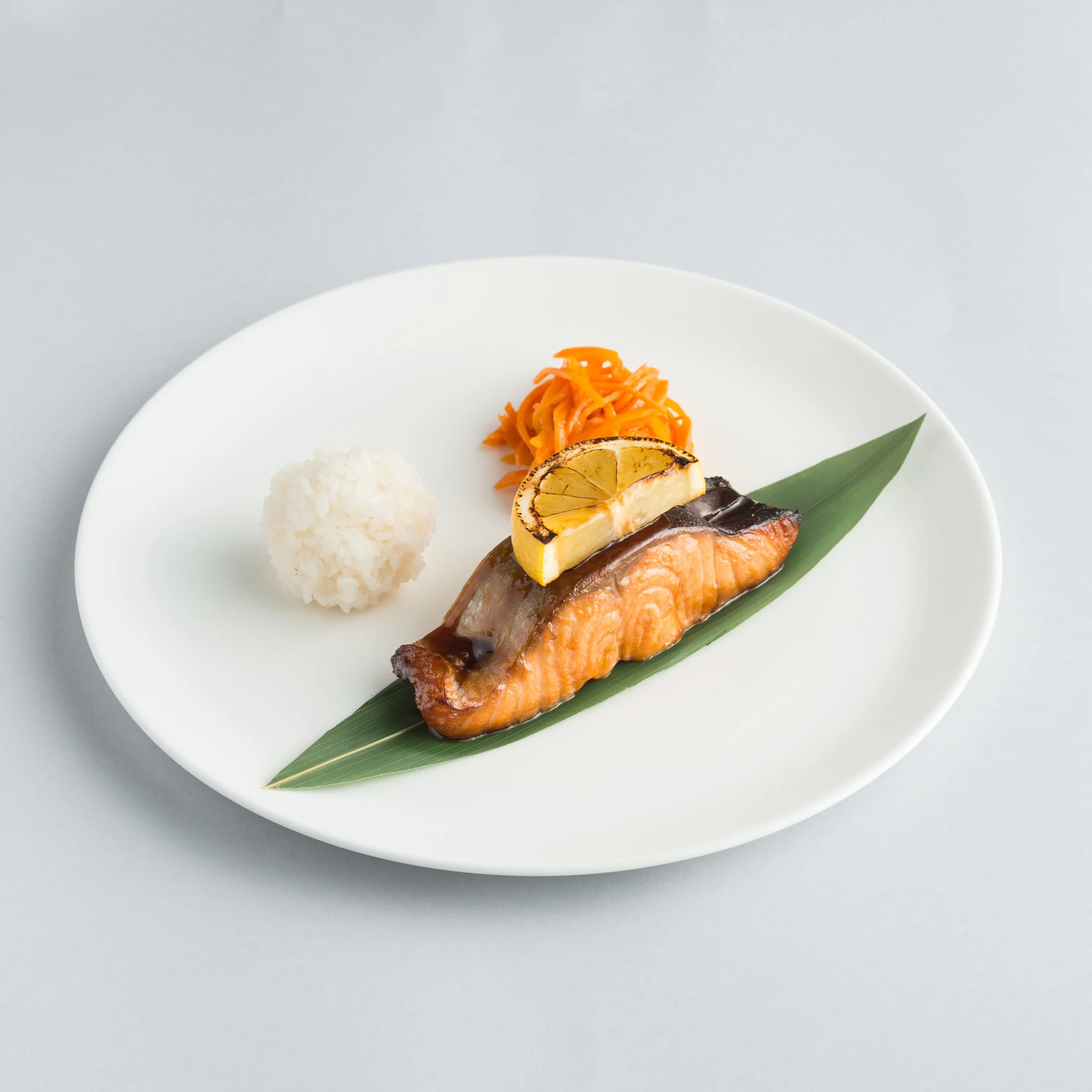
1. Salmon
An excellent source of omega-3 fatty acids, salmon is one of the best foods for easing PMS symptoms. It can help reduce inflammation and alleviate PMS symptoms such as mood swings and bloating. These healthy fats also promote brain health, improving mood and reducing anxiety.
Salmon is also rich in vitamin D, which plays an important role in regulating hormones, boosting bone health, and aiding the balance of progesterone and estrogen levels. This fatty fish also contains vitamin B12 which helps to boost energy levels, which can often decrease during the menstrual cycle.
2. Flax seeds
Flaxseeds are loaded with beneficial nutrients that can relieve PMS symptoms and boost hormonal balance. Flax seeds are also rich in lignans that can help regulate estrogen levels in the body. They are loaded with omega-3 fatty acids that can help decrease inflammation and boost brain health.
Flaxseed also provides a good amount of fiber, which boosts digestive health and aids the regulation of blood sugar. Their high fiber content helps to promote gut function and support the elimination of excess estrogen through the digestive system. A healthy gut is important for preventing estrogen buildup, which can worsen PMS symptoms.
3. Chickpeas
Chickpeas are a great source of vitamin B6, which plays an important role in the production of serotonin, a neurotransmitter that can help regulate mood. Low serotonin levels are linked to increased irritability, anxiety, and mood swings during PMS. So, chickpeas can be a beneficial food for emotional stability during PMS.
Moreover, chickpeas also contain zinc and magnesium, two minerals that are important for relieving PMS symptoms. Magnesium aids muscle relaxation, decreasing cramps and bloating, while zinc supports the production of progesterone, balances hormones, and decreases the severity of PMS.
4. Kale
Rich in calcium, kale can help ease PMS symptoms such as menstrual cramps, bloating, and mood swings. Calcium plays an important role in supporting nerve function and muscle contraction, providing relief for uterine cramps, and decreasing bloating. Kale also contains vitamin B6 which aids serotonin production, helping to reduce irritability.
Another key benefit of kale is its high fiber content, which supports healthy digestion and boosts the metabolism of estrogen. An imbalance in estrogen levels, whether too low or high, can contribute to PMS symptoms such as headaches and breast tenderness. The fiber in kale can help to flush out excess estrogen from the body, supporting hormonal balance.
5. Lentils
The rich iron content of lentils can be beneficial for PMS symptoms. Iron is an important mineral that boosts the production of healthy red blood cells. Since menstruation leads to blood loss, maintaining adequate iron levels is important to prevent dizziness and fatigue, which are common symptoms experienced before and during a period.
Lentils also contain zinc which aids the production of progesterone and decreases inflammation. Zinc can help reduce the symptoms of PMS such as mood disturbances, breast tenderness, and bloating. Consuming lentils regularly can help balance hormones and support overall menstrual health.
6. Greek Yogurt
The high calcium content in Greek yogurt is beneficial for managing PMS symptoms, as it helps reduce symptoms such as anxiety and irritability. Calcium plays an important role in regulating the nervous system, helping to promote a balanced and calm mood, which is especially important during hormone fluctuations associated with PMS.
Greek yogurt is also a rich source of probiotics, the good bacteria that boost gut health. A healthy gut is important for proper estrogen metabolism, as the gut can help remove excess estrogen from the body. In addition to calcium and probiotics, Greek yogurt is also a rich source of protein that can help stabilize blood sugar levels, preventing cravings and fatigue.
7. Dark chocolate
Dark chocolate, particularly the kinds with 85% or higher cocoa content, is not just a delicious treat but can help alleviate PMS symptoms. One of the biggest benefits of dark chocolate is its high magnesium content, which aids the relaxation of muscles and decreases irritability. Magnesium also helps in reducing cortisol levels, the stress hormone that is mostly high during PMS, and contributes to anxiety and mood swings.
Another reason to consume dark chocolate for PMS symptoms is its ability to boost dopamine and serotonin levels in the brain. These neurotransmitters are responsible for feelings of relaxation and happiness, helping to relieve stress and mood swings. Dark chocolate supports the natural release of endorphins, helping to decrease period-related pain.
8. Bananas
If you are looking for a convenient snack that helps with PMS symptoms, try bananas. Bananas are loaded with vitamin B6, which plays an important role in the production of serotonin, a neurotransmitter that is responsible for regulating mood. Bananas also contain fiber that supports stable blood sugar levels, reducing fatigue and cravings during PMS.
Bananas also contain potassium, a mineral that aids in the prevention of bloating and water retention, which are common issues during PMS. Potassium helps to regulate fluid balance in the body, decreasing puffiness and swelling that many women experience in the days leading up to their period.
9. Green tea
Green tea is a soothing beverage that can help alleviate PMS symptoms and boost hormonal balance. Green tea contains catechins, powerful antioxidants that help decrease inflammation. By reducing inflammation, green tea can help to reduce uncomfortable PMS symptoms such as cramps and breast tenderness.
In addition, green tea also supports metabolism and regulates blood sugar levels. The compounds in green tea, including caffeine and catechins, help to promote steady energy levels, thus helping to prevent sugar cravings and energy crashes that come with PMS.
10. Chia seeds
Chia seeds are a superfood for managing PMS symptoms and supporting overall hormonal balance. They are packed with omega-3 fatty acids that possess anti-inflammatory qualities that can help decrease menstrual cramps, bloating, and breast tenderness. By decreasing inflammation, chia seeds can make the premenstrual days more comfortable.
Additionally, chia seeds contain magnesium and fiber, which are both beneficial for PMS symptoms. Magnesium is important for reducing muscle tension and helping to promote a sense of calm, which is beneficial for relieving discomfort and anxiety symptoms associated with PMS. Calcium, on the other hand, helps to boost overall hormonal health, helping to manage PMS symptoms.
Conclusion
Although PMS is a natural part of the menstrual cycle, navigating the symptoms associated with it can be difficult and influence daily activities. However, incorporating nutrient-dense foods into your diet can significantly reduce PMS symptoms like mood swings, cramps, bloating, and fatigue. Foods like salmon, green tea, Greek yogurt, and flaxseeds help regulate progesterone and estrogen levels, stabilize blood sugar levels, and support optimal well-being.

A writer passionate about wellness, nutrition, and intentional living. She creates engaging, research-based content that empowers readers to live healthier lives. Through every article, she brings clarity, inspiration, and a touch of everyday practicality. Read more about Juliana.


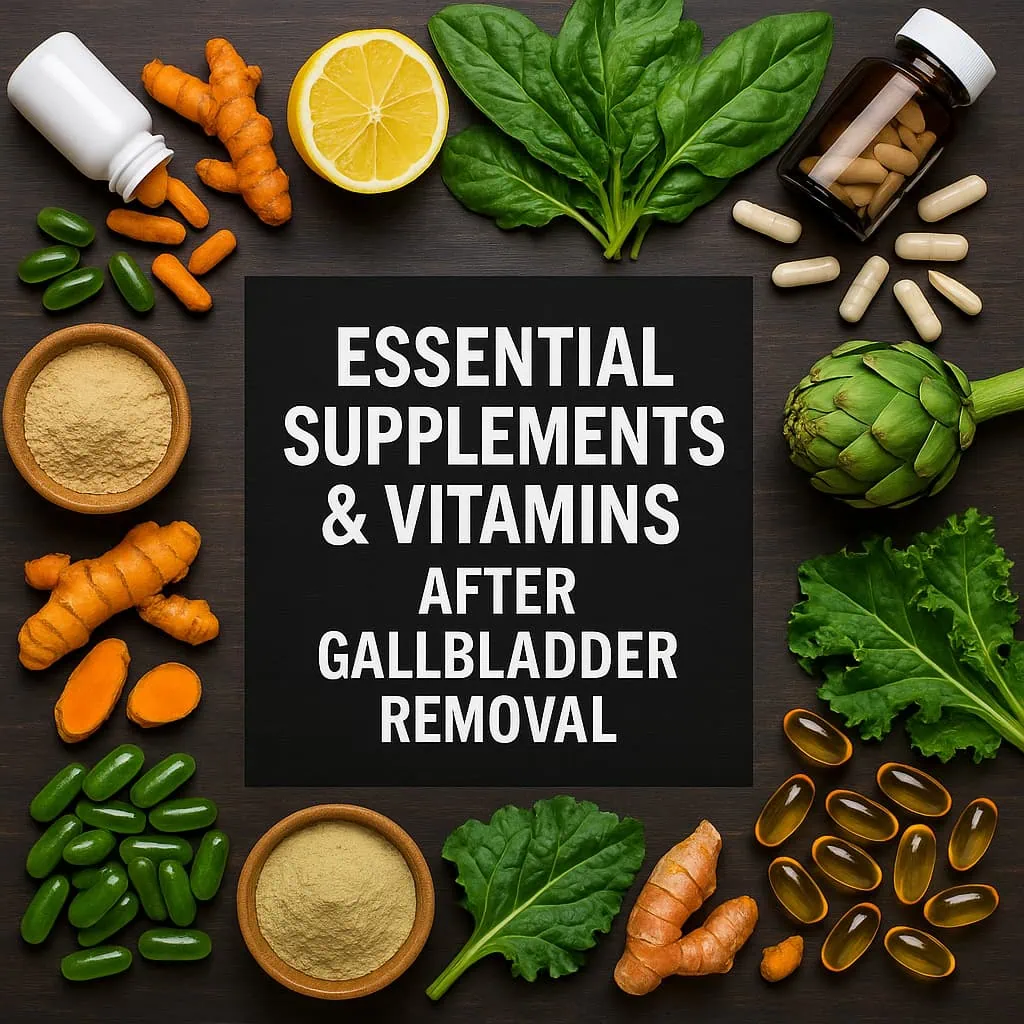
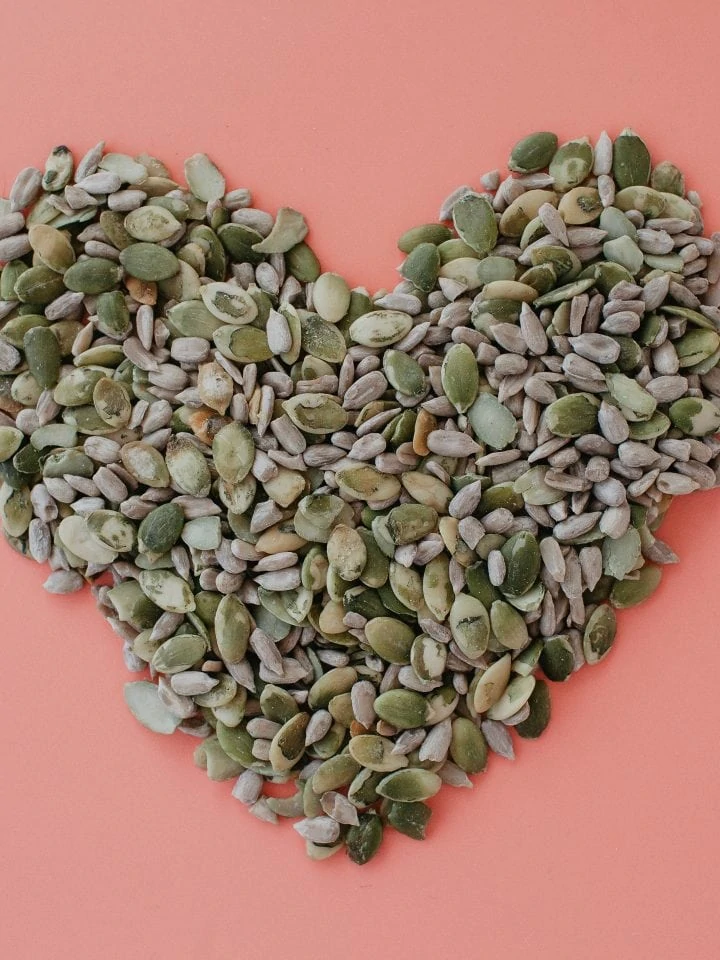

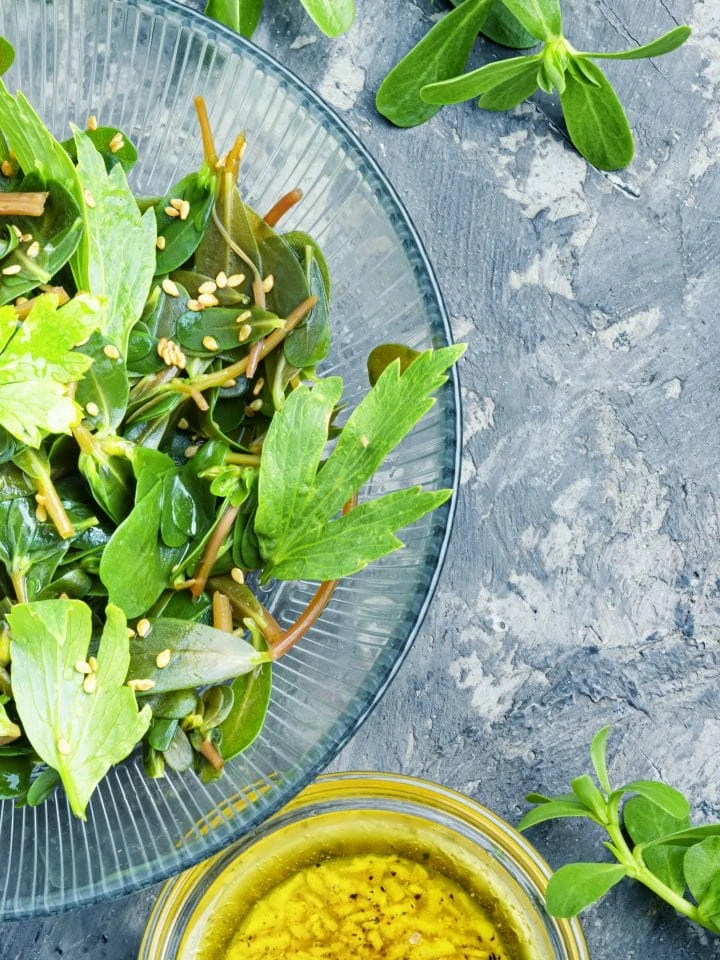
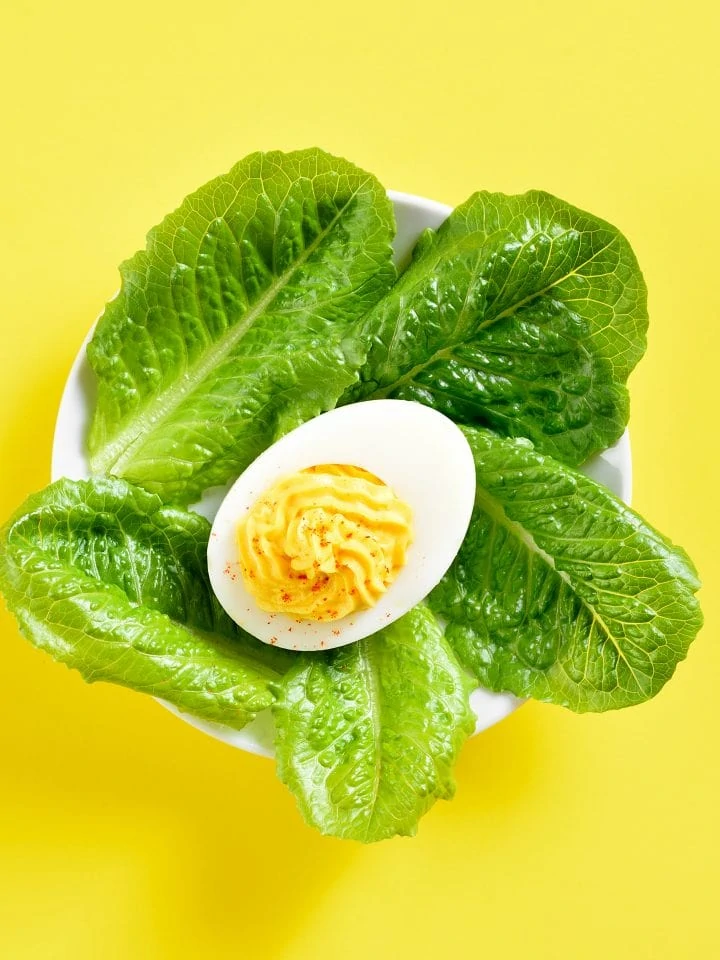
Comments
No Comments